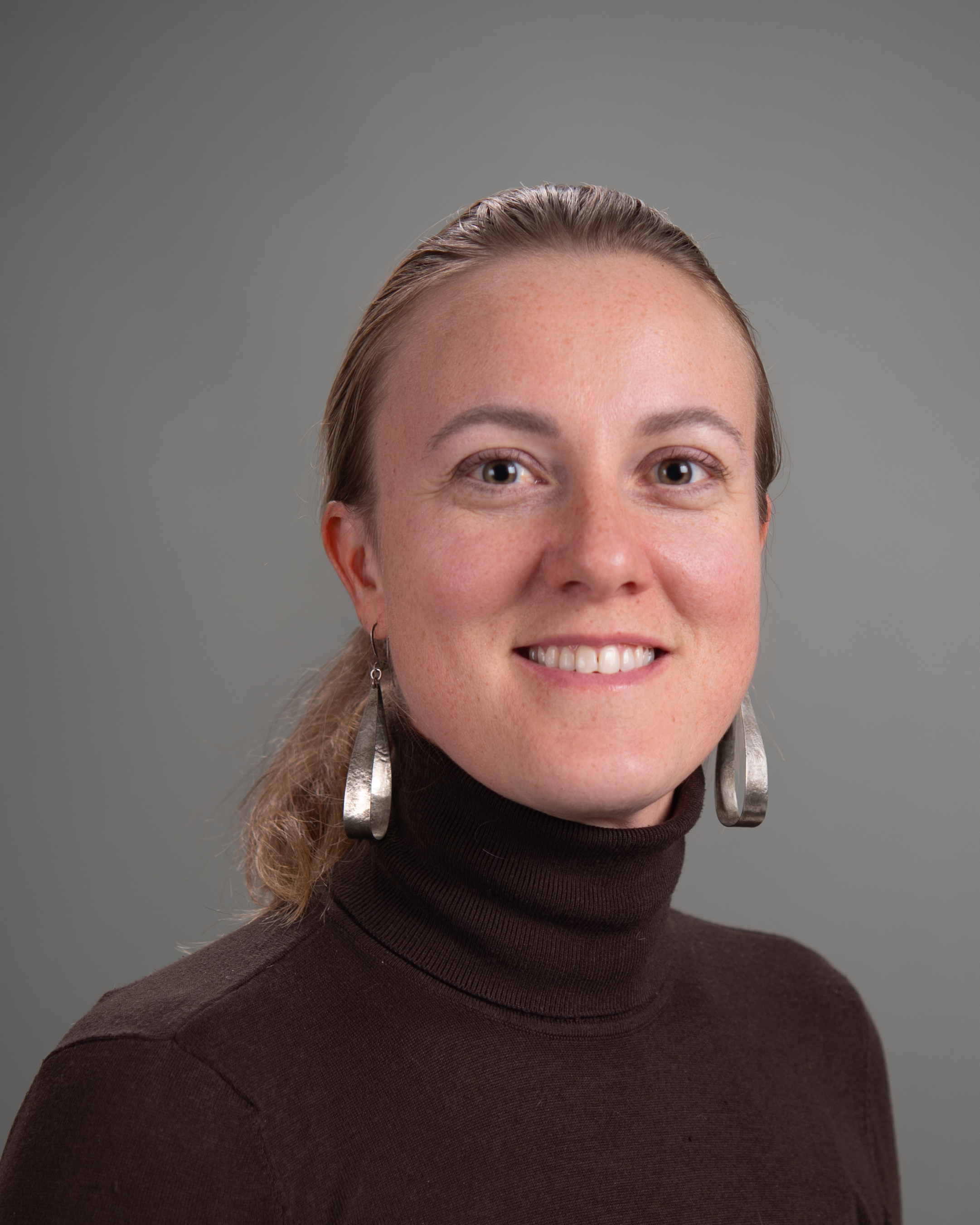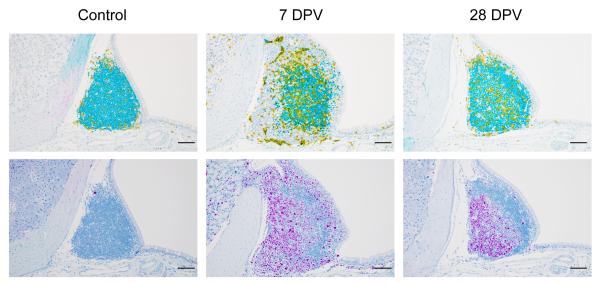A new notice of funding opportunity (NOFO) seeks applications from interdisciplinary teams to participate in the Cooperative Centers on Human Immunology (CCHI) program. The primary objective is to support research on human immune system regulation and function for the discovery and characterization of new principles of human immunology for preventing and treating infectious diseases, immune-mediated pathogenesis/sequelae associated with infectious disease, and/or immune-mediated diseases. This NOFO also supports technology development to advance studies of the human immune system.
This research may entail developing new technologies to support studies of the human immune system. The program will include support of a centralized infrastructure needed to coordinate multidisciplinary research in human immunology; continuing recruitment of outstanding immunologists to the study of the human immune system; and promotion of public data access and the flexibility to support new research opportunities as they arise.
CCHI supports mechanistic and hypothesis-testing studies to discover novel molecules, mechanisms, or regulatory pathways governing function of the human immune system in both healthy and vulnerable populations (i.e., across lifespan, organ/tissue transplant recipients, pregnant women).
Each application, using the U19 cooperative agreement activity code, is expected to be synergistic, with projects and cores being connected by a common theme that produces scientific gains beyond those achievable if each project were pursued independently. All applications must include at least one Research Project focused on understanding host defenses to infectious diseases, pathogen-specific vaccination, or adjuvants.
All applications must propose studies on primary human cells or tissues; animal studies may be included only to extend or guide mechanistic analyses of human samples. This program will support clinical studies using FDA-approved interventions (e.g., licensed vaccines) that are used per indications in the product label and are exempt by regulatory authorities from needing an investigational new drug application.
Teamwork
Highly integrated and collaborative interdisciplinary teams are encouraged for the CCHI program. The scope of this work requires interdisciplinary teams that can pursue coordinated activities that bridge scientific disciplines and expertise in immunology, infectious diseases, vaccinology, immune-mediated diseases, omics technologies, and bioinformatics. Bringing multidisciplinary groups together creates opportunities for synergy that would rarely happen otherwise. The research teams within each Center may be composed of investigators located at one institution or formed through a consortium of different institutions.
Research Areas of Interest
See the NOFO for other research areas of interest, e.g., understanding of host immune responses to pathogens with pandemic potential, mechanisms of induction and durability of immune memory, identification of mechanisms of immune dysregulation that may impact protective immunity against infection or vaccination.
Nonresponsive Applications
Be sure to see the list of conditions that will cause your application to be considered nonresponsive and not reviewed.
CCHI Components
These include the following:
- Administrative Core (required), which is responsible for managing, coordinating, and supervising the entire range of the Center's activities; monitoring progress; ensuring that the overall project management plan is implemented effectively and within proposed timelines; and ensuring data sharing and regulatory compliance.
- Infrastructure and Opportunity Fund (IOF) Management Core (required): To capitalize on emerging opportunities consistent with the goals of the CCHI, an IOF will be made available to one institution chosen from successful applicants by NIH after award to manage for the entire CCHI. This institution must agree to take responsibility for managing the IOF, and includes establishing an administrative structure, disbursement and tracking of funds, and reporting status.
Refer to the NOFO for additional components, such as service core(s), technology development project, steering committee, external advisory board, and external scientific advisory group.
Available Funds, Budget Information
NIAID intends to commit $13.7 million in fiscal year 2024 to fund four or five U19 awards which includes direct costs of $0.9 million annually to support an IOF.
Application budgets are not expected to exceed $2.5 million direct costs per year, which is anticipated to include $0.9 million direct costs for the IOF Management Core. Application budgets need to reflect the actual needs of the proposed project.
Due Date, Contact Information
Applications are due April 7, 2023, by 5 p.m. local time of the applicant organization. Applicants are encouraged to apply early to allow adequate time to make any corrections to errors found in the application during the submission process by the due date.
Direct questions to Dr. Chao Jiang, NIAID’s scientific research contact at chao.jiang@nih.gov or 301-761-7802. Direct any peer review questions to Dr. Anuja Mathew at anuja.mathew@nih.gov or 301-761-6911.




